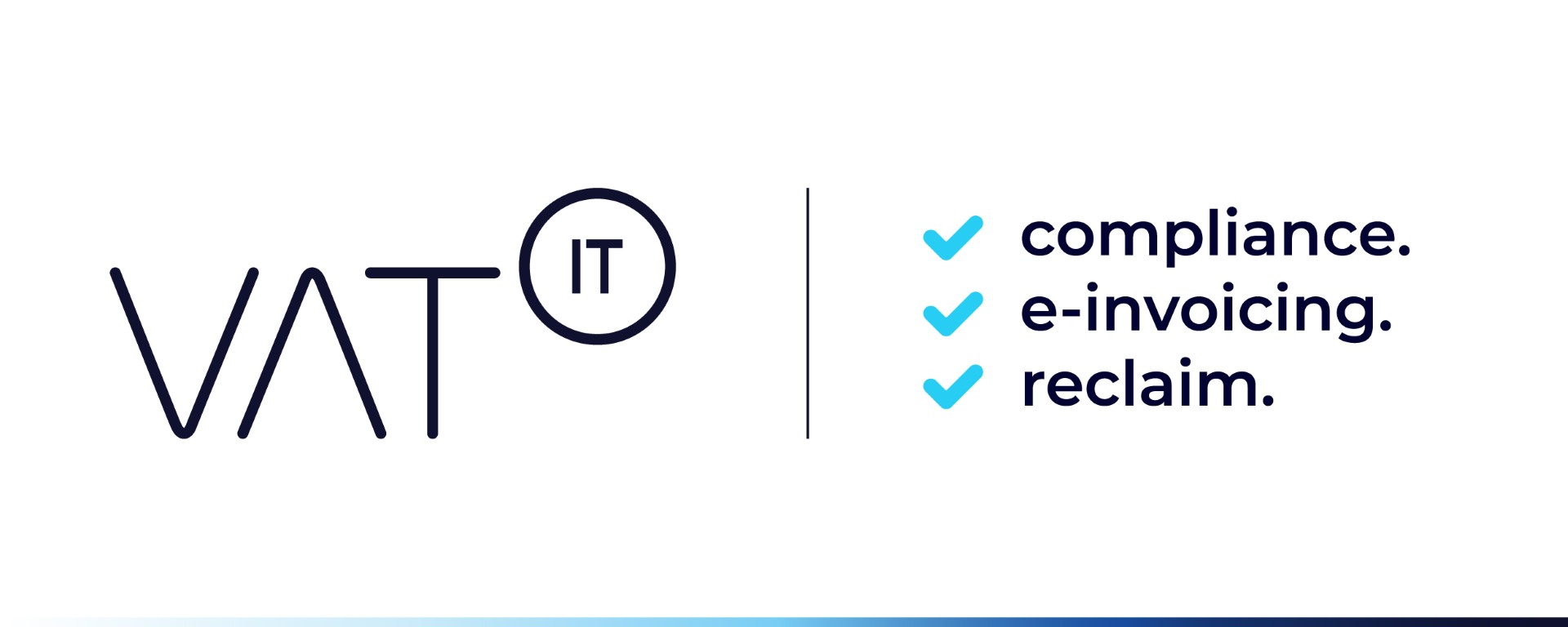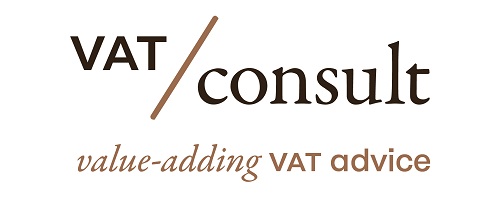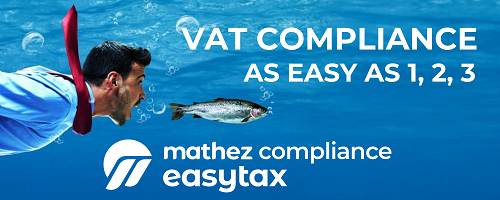- The case involves VÁM4ALL Kft., challenging a Hungarian customs authority decision on customs value and EU duty imposition, questioning the legality of disregarding transaction value due to lack of payment proof.
- Key issues include whether indirect customs representatives must provide comprehensive transaction documentation, and if customs authorities can rely solely on national databases for customs value determination.
- The appellant argues against the customs authority’s methods, including using a 45-day data range and weight-based pricing, while the respondent defends these practices as compliant with EU regulations.
The VAT issue in this case revolves around the determination of the customs value for imported goods, which directly impacts the calculation of VAT owed on those goods. Key points of contention include:
- Transaction Value Disregard: The customs authority disregarded the primary method of determining customs value based on the transaction value, citing a lack of credible proof that the sale price was actually paid. This raises questions about how VAT is applied when the customs value is contested.
- Documentation Requirements: The case discusses whether an indirect customs representative is required to provide all documentation related to the import, including proof of payment. The absence of such documentation led to the customs authority using alternative methods to assess the customs value, affecting the VAT calculation.
- Use of National Databases: The customs authority’s reliance on data from national customs databases rather than broader EU data for determining customs value may influence the VAT assessment and compliance process, potentially leading to higher VAT liabilities for the importer.
- Secondary Methods of Valuation: The dispute also touches on whether the customs authority can exclude secondary methods of valuation for VAT purposes if the representative fails to provide essential characteristics of the goods.
Questions referred
Must Article 15(1) of Regulation (EU) No 952/2013 1 of the European Parliament and of the Council laying down the Union Customs Code (‘the Customs Code’) be interpreted as meaning that, in addition to the documents necessary for customs clearance, an indirect customs representative must also have all the other documents relating to the imported goods, [especially] documentation relating to the completion of the commercial transaction (contract between the importer and seller, bank statement proving payment of the price of the goods and documents describing the physical characteristics of the goods, their reputation or quality), and must make those documents available to the customs authority during a customs control?
Must Article 140(1) of Commission Implementing Regulation (EU) 2015/2447 1 of 24 November 2015 laying down detailed rules for implementing certain provisions of the Customs Code (‘the Implementing Regulation’) be interpreted as meaning that, in the case of the importation of bulk goods which do not have individual or special characteristics, the customs authorities may base their reasonable doubts for not accepting the transaction values on the fact that the indirect customs representative has not proven by way of authentic documents that the sale price was actually paid, despite being requested to do so?
If the answer to the second question referred is in the affirmative, must Article 74(1) and (2) of the Customs Code be interpreted as meaning that the customs authority may exclude the use of the secondary methods provided for in that article where the indirect customs representative has not provided information regarding the essential characteristics of the goods (physical characteristics, quality, reputation)?
If the answer to the third question referred is in the affirmative, can the fact that the customs authority has not – despite being able to do so – made use, at the time of customs clearance, of the power to take samples of the goods or the other powers conferred on it by Article 188 of the Customs Code, which would have allowed it to ascertain the characteristics of the goods, exclude the application of the secondary methods provided for in Article 74(2)(a) to (d) of the Customs Code?
If the answer to the third and fourth questions referred is in the affirmative, must Article 144(2) of the Implementing Regulation be interpreted as permitting the customs authority to base the customs value on data taken exclusively from a national customs database, examining goods released for free circulation on the date of acceptance of the customs declaration and in the 45 days before and after that date, with the same TARIC code and from the same country as the bulk goods undergoing the control which do not have individual or specific characteristics, and taking into account the simple arithmetic mean of the unit price per kilogram of the goods selected by way of data filtering? If so, does that method ensure compliance with Article 144(2)(b) and (g) of the Implementing Regulation?
Source
- Join the Linkedin Group on ECJ/CJEU/General Court VAT Cases, click HERE
- VATupdate.com – Your FREE source of information on ECJ VAT Cases
Latest Posts in "European Union"
- EU to End €150 Customs Duty Exemption for E-Commerce Imports Starting 2026
- VAT Exemption for Credit Intermediation Applies When Broker Seeks and Recruits Clients for Mortgages
- EU Proposes Amendments to E-Invoicing Regulation for Public Procurement to Harmonize Standards
- EU Ends €150 Duty Exemption: What Importers and Ecommerce Businesses Must Prepare For in 2026
- ECJ C-565/24 (P-GmbH & Co. KG) – AG Opinion – TOMS does not apply to excursions combined with goods














